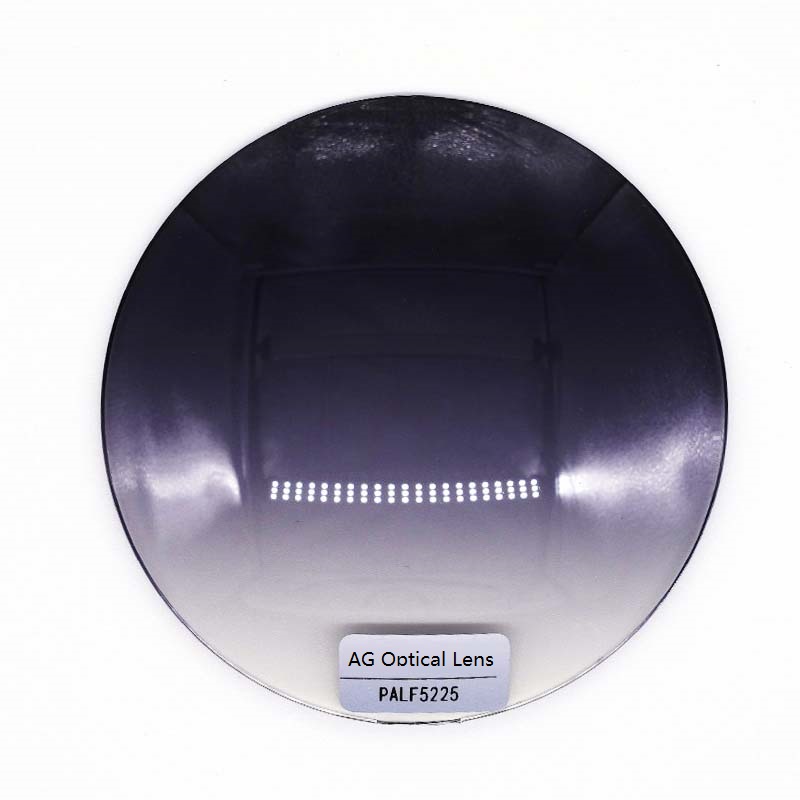How to Identify Polarized Sunglasses Lenses
To make sure that the polarized sunglasses you buy are worth the money and meet relevant safety standards, you can test whether the sunglasses are polarized. The lenses of polarized sunglasses can prevent glare, which can block the sun and protect the eyes. Ordinary sunglasses do not have such a function. You can test polarized sunglasses by looking at reflective surfaces, comparing two pairs of sunglasses, and looking at a computer screen while wearing the sunglasses.
Test on reflective surfaces
Find a reflective surface, one that glares when light hits it, such as a reflective tabletop, mirror, or other shiny surface. Make sure the reflection is visible from 60-90cm away. Turn on overhead lights or shine a flashlight on reflective surfaces to create glare.
Put the sunglasses in front of your eyes (approximately 15-20 cm from your eyes). Make sure you can see the reflective surface through either lens. If the lens size is too small, you can bring the sunglasses closer.

Rotate the sunglasses up 60 degrees. When the sunglasses are at this angle, one lens will be slightly higher than the other. Since polarized sunglasses polarize light in a specific direction, rotating it can make the polarized light more visible.
If the angle at which the glare hits the reflective surface changes, you may need to adjust the angle of the sunglasses slightly so that the polarizing effect is more pronounced.
Check the intensity of the glare through the lens. If it is polarized sunglasses, then you can not see the glare. The lens color should appear very dark when viewed through the lens. Although the reflective surface is still reflecting light, you will not feel dazzling.
If the polarizing effect is not obvious, you can take the sunglasses away from your eyes and see the difference without the sunglasses. If you can't see the difference, you can try a few more times.
Comparing Two Pairs of Sunglasses
Get a pair of real polarized sunglasses. If you have a pair of polarized sunglasses on hand, or if you happen to be in an optical store and there are many polarized sunglasses for you to choose from, then you might as well do a comparison test. This test will only succeed if both pairs of sunglasses are polarized
Put two pairs of sunglasses in front of your eyes so that they are 2-5 cm apart. Put the pair of sunglasses you want to test closer to you, and the other pair of polarized sunglasses farther away from you.
To avoid scratching the coating, keep the lenses of the two pairs of glasses away from each other.
It's best to test sunglasses in bright light. Shadows are easier to see under light, which makes testing a little easier, especially if you're trying this method for the first time.
You can go to a window and take advantage of natural light; you can also turn on an overhead or desk lamp.
Rotate the sunglasses to be tested 60 degrees. Holding the polarized sunglasses in place, rotate the sunglasses to be tested so that one lens is at a 60-degree angle to one lens of the polarized sunglasses.
You can rotate the glasses however you want, but be sure to hold both pairs steady.
Watch to see if the overlapping portion of the lens darkens. If both pairs of sunglasses are polarized, the overlapping parts of the lenses will darken when you look straight on. If the sunglasses to be detected are not polarized, the color will not change.
You can compare the color of overlapping lenses with other non-overlapping lenses.
Test with computer screen
Turn your computer screen to the brightest. Most electronic devices have the same anti-glare features as polarized sunglasses. You can test if your sunglasses are polarized by looking through the lenses to see if the screen is dimming.
Open a white picture. White images are brighter, making the test more visible.
Wear sunglasses. Sit in front of your computer screen and put on your sunglasses. Be sure to sit directly in front of the screen.
Elevating the computer screen to eye level will help with the test.
Tilt your head 60 degrees to the left or right. Tilt your head to the left or right in front of the screen. If the sunglasses are polarized, you will notice that the screen dims because the anti-glare properties of the screen and the polarized sunglasses cancel each other out.
If turning to one side doesn't help, try turning your head to the other side. If it still doesn't work, then the sunglasses are not polarized.
